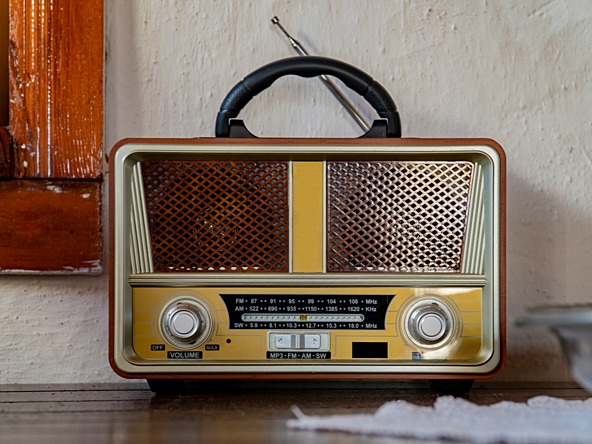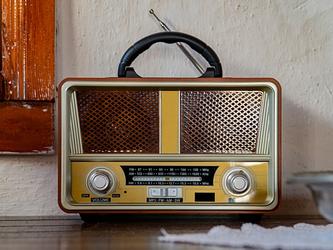Commercial radio listening soars to record levels

At 37.2 million, commercial radio now has almost 3.4 million listeners more than the BBC, marking the biggest advantage it has ever held over the British broadcaster in terms of total audience.
Combined commercial and BBC radio listening overall is up, with almost 50 million ( 49.7 million) now tuning in to their favourite radio stations each week. This combined audience is the biggest ever for all UK radio.
Share of listening time also increased for commercial radio to 48.4%, up from 48% in the previous quarter. While BBC share is still slightly higher, its share of listening fell back quarter on quarter from 49.9% to 49.2%.
Digital radio is now 67.9% of all radio listening. This is mainly accounted for by DAB at 41.1%, but also online, which has grown to a new high of 22.4% on average.
Smart speaker listening has been recorded separately for the first time this quarter and can be seen to represent almost half of online listening at nearly 10%.
Industry feedback
Research Live worked with PR agency Pumpkin to canvass reaction to the latest Rajar findings. Here’s what a cross-section of industry operators had to say on the subject:
Rik Moore, managing partner for strategy, The Kite Factory
Another positive Rajar. What’s particularly striking is the quarter-on-quarter growth in 15+ adults using digital platforms, with 75% of the population tuning into digital radio every week, compared to 72% last quarter.
That means a significant increase in opportunities for planners to use smart, digitally enabled targeting techniques to deliver compelling audio copy to listeners at the right moment and right time.
Overall mobile and tablet listening has grown quarter on quarter and this appears to be driven by those aged 25-44, with minor drop-offs in the audiences either side. This could be a reflection of listening habits reverting as we return to pre-pandemic behaviours, but either way it creates new opportunities to use audio to engage 25-44s.
However they are choosing to tune in, 89% of the public are doing so weekly, meaning that audio has a robust and relevant place in media plans.
Jennifer O’Beirne, client director, The Specialist Works
This is only the third set of numbers since data collection resumed after the pandemic, but the Rajar announcement is positive news for radio as a whole, with commercial listening figures reaching their highest- ever recorded audience.
Quarter-on-quarter changes are less indicative of what’s happening in the market overall, but I was keen to understand if the shape of radio listening had continued to evolve now people were back at work.
As Rajar came back it was clear that the “breakfast peak” had flattened slightly to listening throughout the day, and while breakfast has started to increase slightly in reach with more people on the road, a sizable 68% of listening is still done at home.
Smart speaker listening has also been included in the data for the first time and represents 10% of online listening and the expansion of digital listening presents huge opportunities for brands to drive incremental reach and find more addressable ways of reaching their audience.
Helen Walker, account director, VaynerMedia
The value of podcasts to brand building has been widely acknowledged but continues to grow and develop given the change in listening habits over the past two years.
They can help increase the time a key audience spends with a brand, particularly outside of traditional ad campaigns. Plus, it allows for brands to engage in conversations in a much more authentic way than static creative does.
The evolution of podcasts now encompasses video; that allows brands to create a content machine, rather than simply an audio series, and ‘vodcasts’ can be simple to set up. They don't need to have a high production value or big budgets.
The addition of video can extend the reach and is supported by key platforms such as Spotify and YouTube. From the main episodes, brands can then slice and dice content into entertaining snippets for multiple platforms, encouraging bigger audiences to tune in.
Our advice for brands seeking to move into the space is don’t just choose a podcast for the sake of it. Understand which conversations are the most relevant and important to insert your brand into.
Then ask the following questions: What are the key areas and advice that the audience is looking for? What problems are you trying to solve with a podcast? Where can you add value for the listeners?

We hope you enjoyed this article.
Research Live is published by MRS.
The Market Research Society (MRS) exists to promote and protect the research sector, showcasing how research delivers impact for businesses and government.
Members of MRS enjoy many benefits including tailoured policy guidance, discounts on training and conferences, and access to member-only content.
For example, there's an archive of winning case studies from over a decade of MRS Awards.
Find out more about the benefits of joining MRS here.














0 Comments